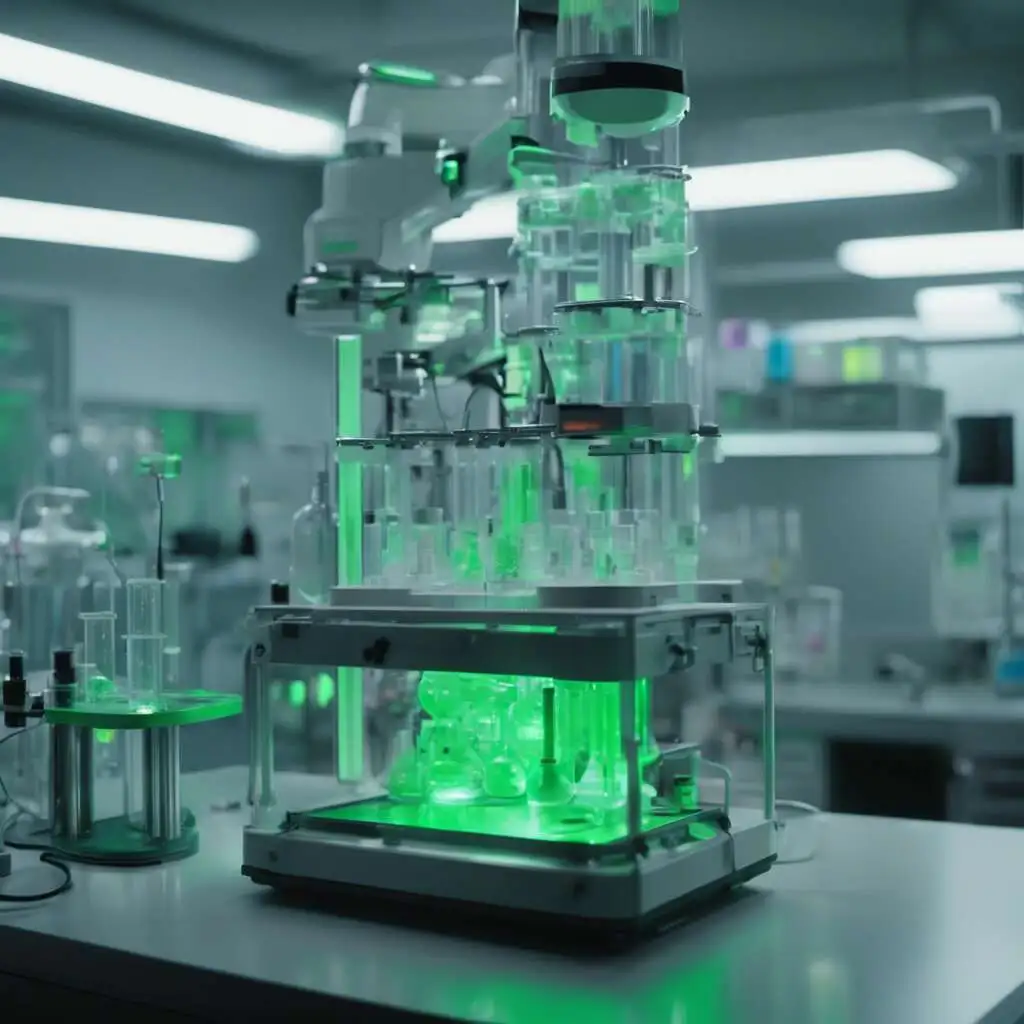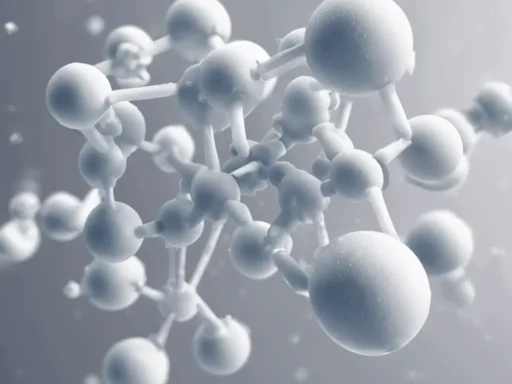Introduction:
Sodium cyanide, a crucial compound in various industrial processes, has long been a subject of environmental concern due to its toxicity and the challenges associated with its production and disposal. However, recent advancements in manufacturing and recycling technologies have paved the way for a more sustainable future in the sodium cyanide industry. This blog post will explore the innovative methods and technologies that are revolutionizing the production and recycling of sodium cyanide, making the process more environmentally friendly and efficient.
Advancements in Sodium Cyanide Manufacturing:
Traditional sodium cyanide production methods have been associated with significant environmental risks, including the release of toxic gases and the generation of hazardous waste. However, cutting-edge technologies are now being employed to mitigate these concerns and improve the overall sustainability of the manufacturing process.
One notable advancement is the use of closed-loop systems in sodium cyanide production. These systems allow for the capture and reuse of toxic gases, such as hydrogen cyanide, minimizing their release into the atmosphere. Additionally, the implementation of advanced filtration and scrubbing technologies has significantly reduced the amount of hazardous waste generated during the manufacturing process.
Another promising development is the adoption of green chemistry principles in sodium cyanide production. Researchers are exploring the use of alternative, less toxic raw materials and the development of catalytic processes that reduce energy consumption and waste generation. These efforts aim to create a more sustainable and environmentally friendly manufacturing process from the ground up.
Innovations in Sodium Cyanide Recycling:
Effective recycling of sodium cyanide is crucial to minimizing its environmental impact and reducing the demand for new production. Recent innovations in recycling technologies have made significant strides in this regard.
One groundbreaking approach is the use of advanced oxidation processes (AOPs) for the treatment of sodium cyanide-containing wastewater. AOPs, such as photocatalysis and ozonation, leverage the power of highly reactive species to break down cyanide compounds into less harmful substances. These processes not only detoxify the wastewater but also enable the recovery of valuable materials, such as precious metals, that can be reintroduced into industrial processes.
Another promising development is the application of bioremediation techniques for the treatment of sodium cyanide-contaminated soil and groundwater. Researchers have identified specific microorganisms capable of metabolizing cyanide compounds, converting them into less toxic substances. By harnessing the power of these microorganisms, bioremediation offers a cost-effective and eco-friendly solution for the remediation of contaminated sites.
Furthermore, advancements in electrochemical processes have opened up new avenues for the efficient recycling of sodium cyanide. Electrochemical methods, such as electrocoagulation and electrooxidation, utilize electrical currents to remove cyanide compounds from wastewater, allowing for the recovery of valuable resources and the generation of clean water for reuse in industrial processes.
Conclusion:
The sodium cyanide industry is undergoing a transformative shift towards sustainability, driven by innovations in manufacturing and recycling technologies. By adopting closed-loop systems, green chemistry principles, and advanced oxidation processes, manufacturers are significantly reducing the environmental impact of sodium cyanide production. Meanwhile, breakthroughs in bioremediation and electrochemical recycling are enabling the effective treatment of cyanide-containing waste and the recovery of valuable resources.
As these innovations continue to evolve and gain widespread adoption, the sodium cyanide industry is poised to become a model for sustainable practices in the chemical sector. By embracing these advancements, companies can not only minimize their environmental footprint but also enhance their competitiveness and contribute to a greener future.





